What is a Landing Page: A Beginner’s Guide to Generate Conversions
What is a landing page? And why should you create one?
Landing pages are essential elements of any online marketing campaign. They’re designed to funnel traffic toward a specific action, such as buying a product or signing up for your email list.
Some businesses have dozens of landing pages. Others have just a handful. However, if you’re asking, “What is a landing page?” you’re already behind the competition. We’ll help you catch up.
You probably already have a website. It has a homepage, an about page, a contact page, and perhaps a blog, all linked together by your primary navigation bar and a footer.
Landing pages often exist outside your network of linked pages, and look different than your primary website design — because they need to communicate something of importance to a visitor who has a specific goal in mind.
When figuring out how to create a landing page, marketers often use a landing page template, which comes with many WordPress themes.
So, what is a landing page, and how does it work? What is a landing page used for? And how do you build one? Let’s go through the process.
What is a Landing Page?
A landing page is a page on a website that directs users to take a specific action. It’s called a landing page because you typically drive traffic to it via other online destinations.
Let’s say, for instance, that you run a Facebook Ad to promote your latest product.
If someone clicks on the ad, they arrive on your landing page, which reinforces the offer about the product, provides some additional information, and directs users toward the sales page.
It could also feature a purchase button embedded directly on the page, if you feel you’ve supplied enough information for a visitor to make a buying decision right away.
Alternatively, maybe you’ve asked people to sign up for your mailing list at the end of a blog post. When someone clicks on the link, they wind up on a landing page with a signup form.
What is a landing page? It is, quite plainly, a place for consumers to land so you can convince them to do what you want.
Landing Page vs Homepage
In some ways, landing pages and homepages work similarly. They’re both designed to direct website traffic. However, landing pages are typically more specific than homepages.
If you run an ecommerce store, you likely have lots of products to sell. Your homepage might highlight the best-selling products in your lineup. Meanwhile, a landing page would focus on just one product.
Additionally, a homepage needs to appeal to your entire audience. Anyone who would be interested in your products or services should feel “at home” when they arrive.
What is a landing page again? It’s a page used to funnel traffic toward a very specific action. Consequently, it needs to target a very narrow subset of your audience to do its job.
There are no hard-and-fast rules, though, when it comes to the landing page vs. homepage debate. Some businesses have just one product, so their homepages can serve as landing pages, as well. Others already have a very small target audience, so they don’t need to narrow it further with their landing pages.
How Is a Landing Page Used to Generate Conversions?
Landing pages generate conversions by focusing visitors on one simple action. The best landing pages make the offer so appealing that the target audience can’t refuse it.
What is a landing page’s goal? To get people to complete a desired action. The more complicated the action, the harder you have to work to get people to respond.
For instance, signing up for a webinar is much easier than buying a product. The consumer doesn’t have to spend any money or fill out long, complicated forms.
That’s why you’re likely to generate more conversions on landing pages dedicated to actions that don’t involve payment. However, that doesn’t mean you can’t use landing pages to sell.
You’ll choose images, copy, and call-to-action buttons that make buying your product the next logical step. We’ll talk about the basic elements of a landing page below so you can see how it works.
Types of Landing Pages
There are two basic types of landing pages: those you create to attract people at the top of the funnel and those you create to convert consumers at the bottom of the funnel.
Top-of-funnel landing pages don’t try to sell anything. They’re designed to get members of your target audience to fork over their contact information, follow you on social, attend an online event, or take some other step that brings them further into your business’s sphere of influence.
Bottom-of-funnel landing pages direct consumers to buy something from you — or, in the case of a nonprofit, donate to your cause. You want visitors to be focused on taking that specific action.
Landing Page Examples to Inspire You
Landing page examples can inspire your own designs and help you better understand how these pages work.
Progressive offers several great landing page examples. Take, for example, its landing page for ATV insurance.
The large hero image leaves no doubt about what this landing page is about. There’s a headline, a subhead, and just two form fields to help the visitor get started. Notice the call-to-action button. It’s the same color as the Progressive logo and stands out against the darker background.
You can see another great landing page example at Community Bank, N.A.
It makes excellent use of white space and its orange accent color. There’s a hero image above this section as well as more body copy below. The only thing that could be better is the CTA button. The word Submit isn’t particularly inspiring, and the button itself might have more gravitas with a dark background and light text.
The CTA button is much better at the bottom of the page, though, and appears below a rotating carousel of testimonials.
Understanding Landing Pages: The Main Elements
Now that you’ve seen a couple landing page examples, what is a landing page when you break it down into parts? Let’s examine the most critical parts of any landing page so you can put together your own.
The offer
You should communicate your offer throughout the landing page. Make it evident in your headline, body copy, and call to action.
If consumers don’t know what you want from them, how can they respond to your satisfaction? Be very specific. Creative language is fine, but not when it gets in the way of specificity.
The layout and navigation
Landing page navigation is often debated between marketers. Some say that you should remove all navigation except for the CTA, while others point out that you want to give your users another place to go so they don’t just bounce.
Consider testing both ideas. You should remove your primary navigation elements, but you can include in-text links if you think they’re valuable to the user. Just make sure they open in a new browser tab.
In terms of layout, you have lots of options. Consider using a single-column layout without a sidebar. You’ll want to put the most important information at the top of the page so visitors don’t miss it, but you can include more information below the fold.
The design
Large, custom images often work well on landing pages. What is a landing page design without some color and intriguing imagery?
You can also test custom illustrations, arrows to direct the visitors’ eyes, and other design elements. Just make sure your design isn’t too cluttered. If your message gets lost in all the chaos, you’ll lose more visitors than you convert.
The copy
Landing page copy is essential, especially since it’s the only way to make your page more discoverable via search engine. Use copy that incorporates primary keywords around your offer and that energizes your audience.
Creative adjectives and verbs go a long way, especially in headlines and subheads. Make sure you proofread your copy to avoid silly mistakes and that your font size is large enough to be easy on the eyes.
The form
What is a landing page form? It’s a set of fields that require the user to interact with them. Some forms have just one or two fields, such as for a name and an email address, while others have several others.
The form should look like it belongs on the page, but stand out enough so visitors notice it. Make sure to tell visitors exactly what they’ll get for filling out your form and how they will receive it.
For instance, you might be giving away a lead magnet as a direct download, or perhaps you’ll deliver the lead magnet via email. Remember, specificity is important so you don’t fail to meet expectations.
The call to action
The call to action is perhaps the most important element on any landing page. It’s what tells visitors how to proceed.
Use unique, energetic copy for your CTA button. If possible, make the button colors different from other elements on the page to help the button stand out more.
How to Create a Landing Page
The easiest way to create a landing page is to use a landing page template. What is a landing page template? It’s a pre-designed web page that you fill in with your specific details.
Many premium WordPress themes come with pre-designed landing pages. You don’t have to know any code to change the headline, body text, CTA, and other elements.
Even if you don’t have a pre-built landing page, you can create one based off the rest of your website’s design. Remove any elements you don’t want by changing the code yourself or hiring a web developer.
Make your Landing Pages More Likely to Convert
What is a landing page worth if it doesn’t convert? Absolutely nothing.
You want the majority of your traffic to convert on your offer, so follow these tips to increase your chances of getting a good conversion rate.
You need to know your target audience extremely well to get them to convert. What are their objections to the offer? How do they make buying decisions? What will impress them in the way of features and benefits?
When you’re marketing to people who are frugal and cost-conscious, you’ll want to focus on landing page copy that emphasizes value. If you can offer a discount on your landing page, you’ll be that much closer to a sale.
Let’s say your audience is extremely security-conscious. If you’re asking for their contact information, stress your commitment to their privacy and the steps you take to keep data safe.
See how the audience navigates
After you create a landing page, use heatmaps to better understand how your audience interacts with your landing page. Heatmaps tell you where users click, how far down the page they scroll, and more.
Recordings can also be extremely valuable. When you sign up for a Crazy Egg account, you can generate recordings. After a recording ends, you can watch the mouse movements to better understand how users navigate.
If a user has trouble filling out your landing page form, for instance, you’ll know that you need to simplify it or make your instructions clearer.
A/B test the elements
Running A/B tests allows you to improve different elements of your landing page over time. You might change the headline, the call to action, or the hero image, for instance, to see which version your audience responds to most.
Many marketers make the mistake of assuming they know what will resonate with their audiences. You know what they say about assuming, right?
Testing is the only way to make decisions rooted in facts and data. If you don’t A/B test, you could be losing conversions hand over fist because you miscalculated when designing your landing page.
Don’t forget the Thank-You page
Gratitude is never a bad thing when it comes to marketing. The Thank-You page is the page users see after they convert on your landing page offer. What is a landing page worth if you don’t let users know that they’ve succeeded?
The Thank-You page tells the user that they’ve completed whatever action you asked them to perform and that you appreciate their time and energy. Include contact information in case they have any questions, and consider directing them to another page on your site so they don’t bounce.
Conclusion
What is a landing page? It’s a way to direct website traffic toward a desired action. Without landing pages, you can’t target your audience nearly as narrowly.
Once you’ve created your landing page, it’s time to promote it. Share a link on social, for instance, or with your subscribers via email.
If you don’t get any traffic to your landing page, you’ll have wasted all that time and effort.
Don’t assume, though, that you’ve automatically chosen the best images, copy, and CTA. A/B test your landing page against a variation. Crazy Egg allows you to set up A/B testing in minutes and funnel the majority of traffic to the winning variant automatically.
You can keep A/B testing your landing pages until you’re satisfied that they’re ideally suited for your audience. Then move on to another page.
The more you test, the more you’ll know about what resonates with the people in your target audience.


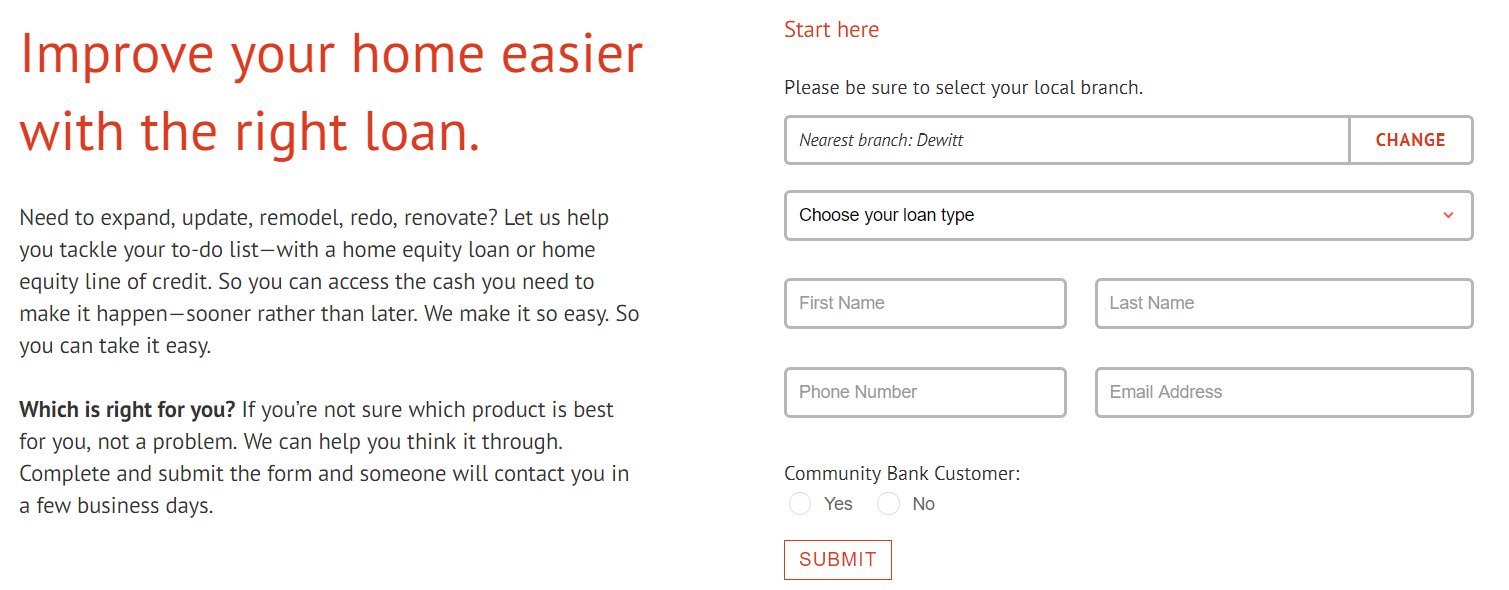
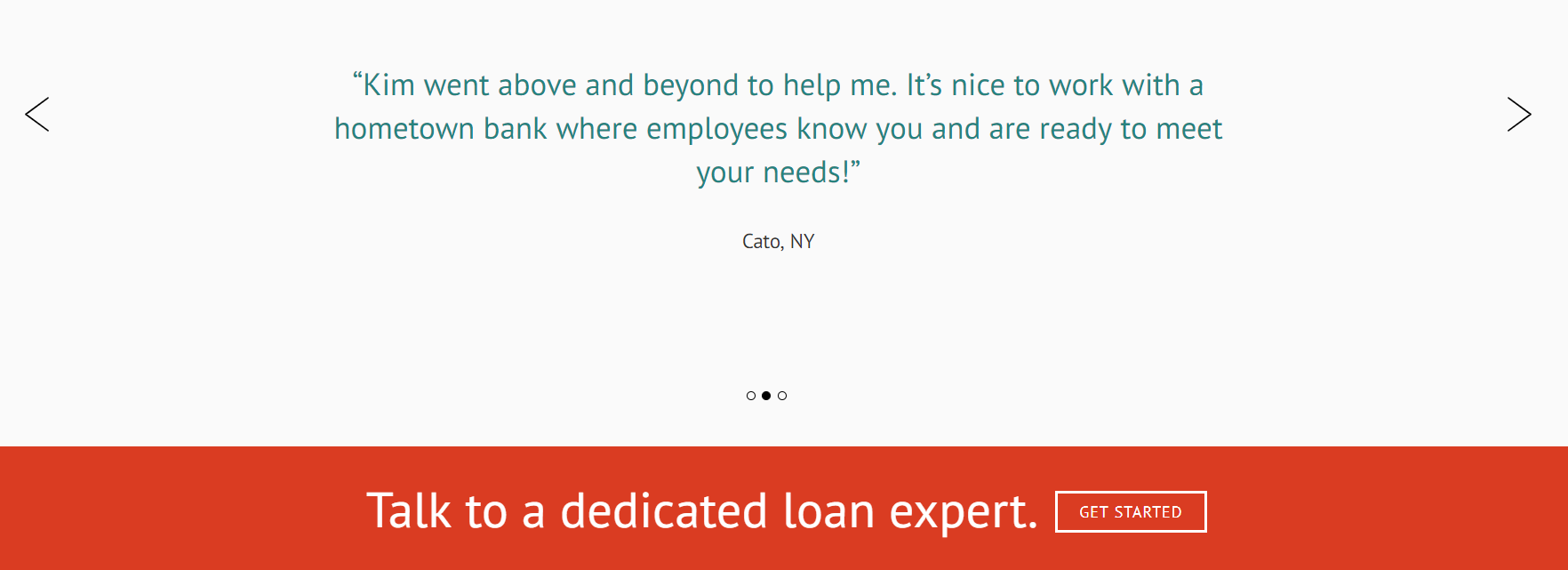
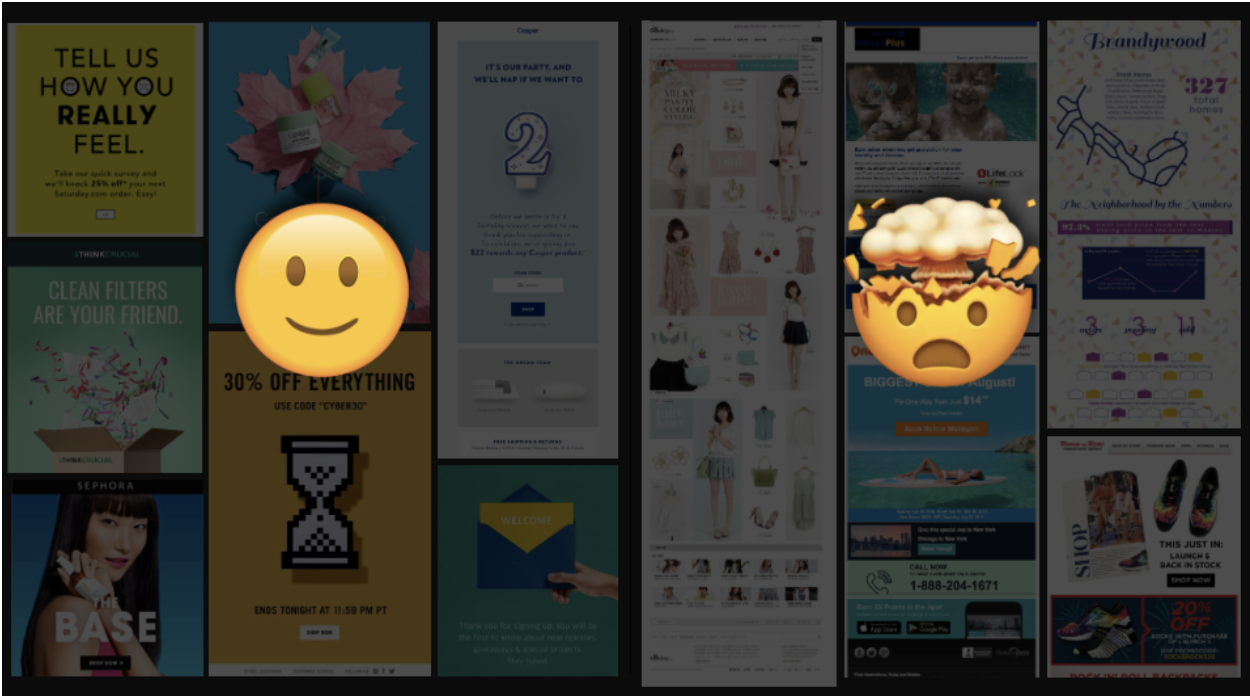


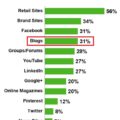
![[Tips] 7 Tips to optimize your Product Listing Pages for Maximum Conversions?](https://buy-addons.com/blog/wp-content/uploads/2019/04/optimize-products-listing-120x120.jpg)
![[Prestashop Developement] Use Cookie & Session in a PrestaShop Module](https://buy-addons.com/blog/wp-content/uploads/2019/04/cookie-testing-4-120x120.png)
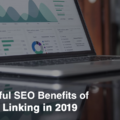

Leave a reply
You must be logged in to post a comment.